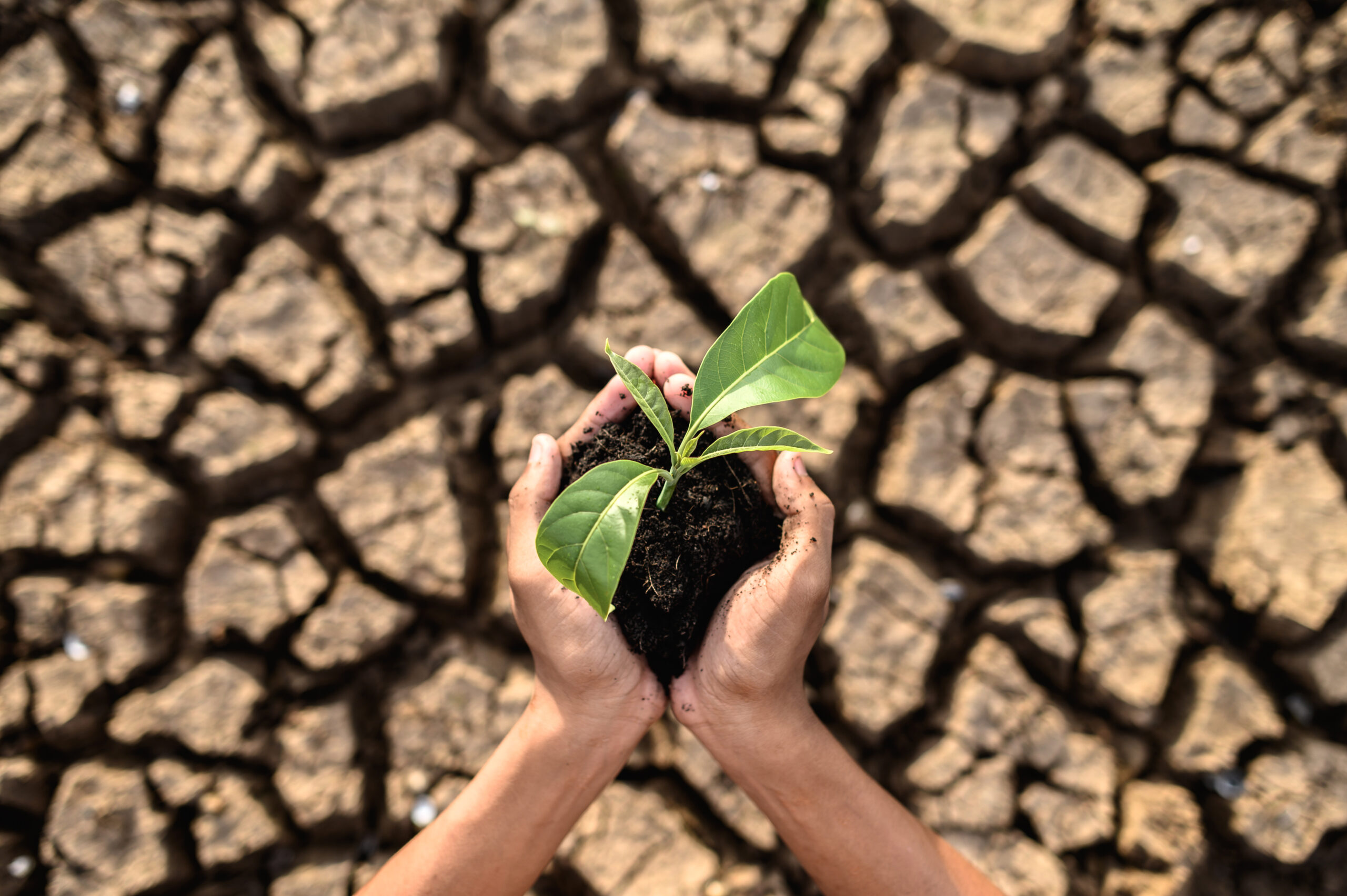
Farming on the Edge of Climate Collapse
Farming has always danced to the rhythm of weather. But that rhythm is changing and not for the better. Seasons are becoming erratic, rain forecasts are more often wrong than right, and groundwater tables are sinking faster than they can recover. The world is inching closer to a point where agriculture as we know it may no longer be viable in vast swaths of arid and semi-arid regions.
Across continents, farmers are standing on the frontlines of climate change. Crops that once thrived now wither under prolonged dry spells. Wells run dry before the season ends. Food insecurity looms where abundance once flourished. It’s a challenge too urgent to ignore—and the solution is sprouting right from the soil.
Drought-resistant seeds are transforming the conversation from “how to survive” to “how to thrive.” These seeds are not just hardy—they’re smart. Engineered and bred to flourish with minimal water, they are helping farmers reclaim their land, restore hope, and rebuild food systems from the ground up.
This blog dives deep into the science, benefits, real-world stories, and sustainability potential of drought-resistant seeds—proving why they are more than a trend. They are a lifeline for farming in the climate era.
What Makes Drought-Resistant Seeds Different?
Drought-resistant seeds are developed through selective breeding or genetic enhancement to endure low-moisture environments. These varieties come equipped with powerful biological traits that allow them to:
- Develop deep root systems for accessing underground water
- Maintain growth and photosynthesis during high heat stress
- Complete their lifecycle quickly to make the most of short rain spells
- Withstand soil moisture fluctuations without yield collapse
This isn’t about magical plants that grow without water it’s about strategic evolution that allows crops to do more with less.
Why the World Needs Them Now
Water Scarcity by the Numbers
- Over 2.3 billion people currently live in water-stressed countries
- Agriculture accounts for 70% of global freshwater use
- By 2025, 50% of the world’s population will be living in water-scarce regions
Rainfed Farming in Crisis
- 60% of global food comes from rainfed systems
- Droughts are now the leading cause of crop failure worldwide
- Water insecurity is triggering mass farmer migrations and food supply shocks
Drought-resistant seeds offer a way forward—a scalable, field-ready response to a mounting crisis.
Global Success Stories – From Stress to Strength
Maharashtra, India – Resilient Maize for the Dry Heartland
Farming communities in Maharashtra embraced drought-tolerant maize through government and private seed partnerships.
Impact: Yield stability improved by 30%, while dependency on irrigation reduced. Income levels rose for smallholder farmers by up to 25%.
Kenya – Sorghum That Thrives on Less
In Kenya’s eastern drylands, drought-resistant sorghum has replaced maize in low-rainfall zones.
Impact: Sorghum yields increased by 40%. Communities now enjoy more reliable food and fodder even in failed rainfall years.
Northern Mexico – Drought-Tolerant Wheat from CIMMYT
New wheat varieties were introduced in arid zones where groundwater depletion threatened entire growing seasons.
Impact: Farmers saw yields rise from 1.8 to 2.5 tons per hectare, with reduced watering cycles.
The Science Behind the Resilience
Drought-resistant seeds are built with multi-trait strategies that blend genetics and agronomics. Features include:
- Enhanced stomatal regulation to reduce water loss
- Stress signaling genes that trigger protective responses under heat
- Shorter maturity cycles to align with shrinking rainfall windows
- Improved osmotic adjustment allowing plants to retain water internally
These seeds are tested across multi-environment trials to ensure real-world resilience—not just lab success.
Beyond Survival – The Bigger Picture
Drought-resistant seeds are not just about staying afloat in dry years. They bring compounding benefits that reach across the entire agricultural system:
- Water Use Efficiency
Lower irrigation needs = better groundwater conservation
Smart seed traits + smart irrigation = maximum sustainability
- Crop Resilience
Stable yields reduce food volatility and economic distress
Less crop failure = lower risk for loans, insurance, and investments
- Climate Adaptation
Helps smallholder farmers adapt to the changing climate
Fewer replanting cycles = lower emissions and resource use
- Economic Empowerment
Reduces cost of irrigation, fuel, and input overuse
Opens doors to new seed markets and resilient farming systems
Challenges That Must Be Addressed
Like any innovation, drought-resistant seeds come with considerations:
- Access and affordability remain barriers for small-scale farmers
- Limited local seed production and distribution hinder widespread use
- Over-reliance on single varieties can reduce genetic diversity
- Lack of education on how to pair seeds with proper soil and water management limits impact Solving these challenges requires holistic support not just seed distribution, but training, infrastructure, and policy incentives.
Conclusion – From Scarcity to Security with Every Seed
Drought-resistant seeds are redefining what’s possible in some of the toughest farming conditions on the planet. They don’t just prevent crop failure they build resilience, empower communities, and pave the way for sustainable agriculture in a warming world.
Farming in 2025 demands innovation that doesn’t compromise the environment or the farmer’s bottom line. These seeds offer a rare win-win: climate-smart performance and food system stability.
From Indian villages to African plains, farmers are proving that farming smarter, not harder, begins with the right seed.
Partner with Invade Agro – Grow Stronger, Even in the Dry
Invade Agro is committed to helping farms become climate-ready and water-wise. Our offerings include:
Contact us now to explore how drought-resistant seeds can help you grow through the dry season—and into a thriving future.
Dry doesn’t mean done. It’s just the beginning of a smarter way to farm.
